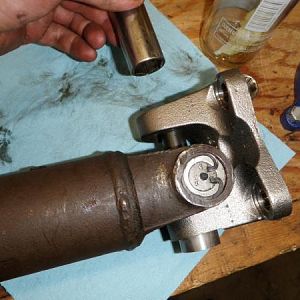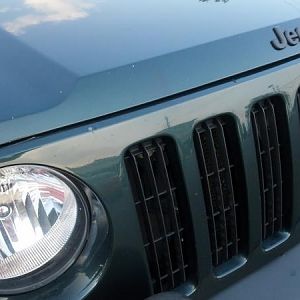Referring to the original post, I too had these symptoms of marginal AC at idle and as megatone indicated, had the hissing sound when the car was turned off.
I wanted to see if I could top off the refrigerant and put some gauges on it, so I evacuated for an hour with my Robinair vacuum pump, then charged the system starting in vacuum, and on a 90 degree June day in SoCal, I had a low side of 75 and high side of 250. Similar to the OP, my low side pressure was rising as rpms rose, which indicated internal compressor leakage. I never did get adequate vent temperatures unless rpms were higher even with the fresh charge. I think I saw a best idle vent temperature of 80 degs in an open garage on that 90 degree day.
Nonetheless, I ordered a kit from rockauto that included a new Chinese made compressor with correct amount of oil, a receiver-dryer, seal kit, and a hose (that I didn't use) for less than 200 bucks shipped. I took it all apart and installed the new stuff the next weekend. The compressor is a bit noisy, but the system is working great. I now have the center vent temp at 50 at idle, recirculating and full fan. On road driving vent temp is 40 degrees.
Anyways, I hope this helps since we seem to have had the exact same problem.
Hints: Press metal gaskets on with correct size diameter socket prior to installing O-ring. Tip your old compressor and use the oil to lube the O-rings when you install. And get a temperature gauge - it looks like a small bbq meat probe. Cheap and critical to have.










